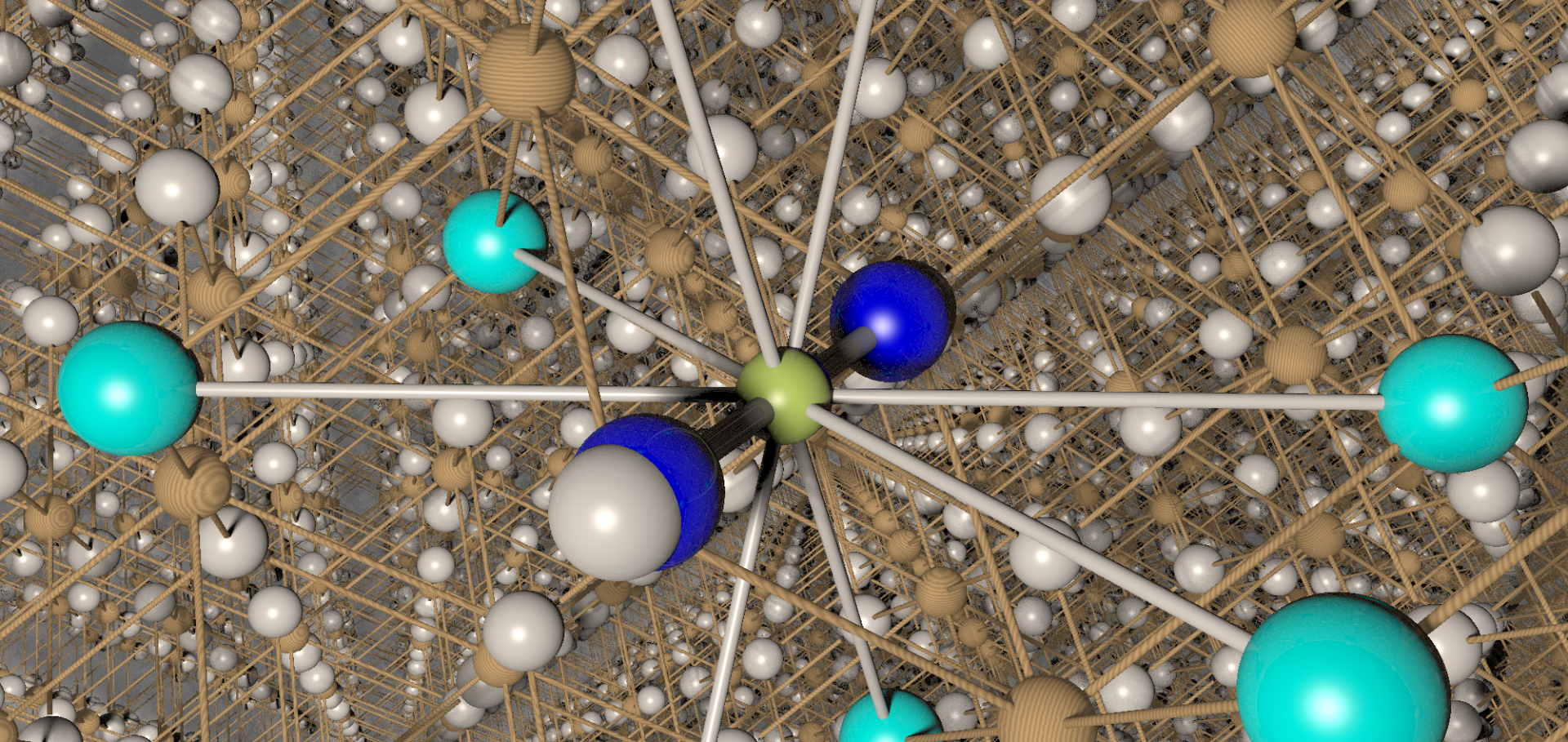Probing magnetic order in LiMPO4, M = Ni, Co, Fe and lithium diffusion in LixFePO4
(2011)
The statistical mechanics of community assembly and species distribution
New Phytologist 191:3 (2011) 819-827
Abstract:
Theoretically, communities at or near their equilibrium species number resist entry of new species. Such 'biotic resistance' recently has been questioned because of successful entry of alien species into diverse natural communities. Data on 10409 naturalizations of 5350 plant species over 16 sites dispersed globally show exponential distributions both for species over sites and for sites over number of species shared. These exponentials signal a statistical mechanics of species distribution, assuming two conditions. First, species and sites are equivalent, either identical ('neutral') or so complex that the chance a species is in the right place at the right time is vanishingly small ('idiosyncratic'); the range of species and sites in our data disallows a neutral explanation. Secondly, the total number of naturalizations is fixed in any era by a 'regulator'. Previous correlation of species naturalization rates with net primary productivity over time suggests that the regulator is related to productivity. We conclude that biotic resistance is a moving ceiling, with resistance controlled by productivity. The general observation that the majority of species occur naturally at only a few sites, and only a few species occur at many sites, now has a quantitative (exponential) character, offering the study of species' distributions a previously unavailable rigor. © 2011 The Authors. New Phytologist © 2011 New Phytologist Trust.The statistical mechanics of community assembly and species distribution.
New Phytol 191:3 (2011) 819-827
Abstract:
• Theoretically, communities at or near their equilibrium species number resist entry of new species. Such 'biotic resistance' recently has been questioned because of successful entry of alien species into diverse natural communities. • Data on 10,409 naturalizations of 5350 plant species over 16 sites dispersed globally show exponential distributions both for species over sites and for sites over number of species shared. These exponentials signal a statistical mechanics of species distribution, assuming two conditions. First, species and sites are equivalent, either identical ('neutral') or so complex that the chance a species is in the right place at the right time is vanishingly small ('idiosyncratic'); the range of species and sites in our data disallows a neutral explanation. Secondly, the total number of naturalizations is fixed in any era by a 'regulator'. • Previous correlation of species naturalization rates with net primary productivity over time suggests that the regulator is related to productivity. • We conclude that biotic resistance is a moving ceiling, with resistance controlled by productivity. The general observation that the majority of species occur naturally at only a few sites, and only a few species occur at many sites, now has a quantitative (exponential) character, offering the study of species' distributions a previously unavailable rigor.Structural, electronic, and magnetic properties of quasi-1D quantum magnets [Ni(HF2)(pyz)2]X (pyz = pyrazine; X = PF6(-), SbF6(-)) exhibiting Ni-FHF-Ni and Ni-pyz-Ni spin interactions.
Inorg Chem 50:13 (2011) 5990-6009


